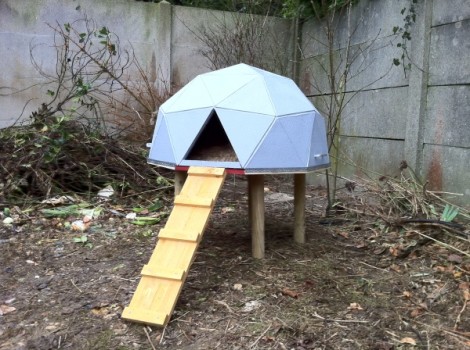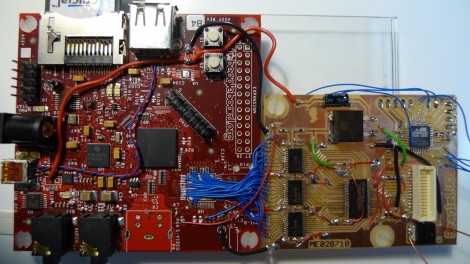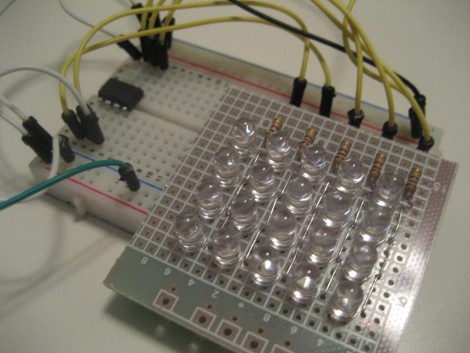
Sometimes, you just need more ammo available. In this weapon mod, the chamber of a 12 gauge shotgun, a hammer from an 1857 Remington Perc Revolver, and other parts from an Italian auto shotgun were all combined to make this happen. The gun is of questionable legality depending on what state or country it resides in. Don’t quote us on it, but the members of the forum seem to think it should be fine anywhere in the US but California. Slightly more practical than other shotgun mods we have seen, the inventor has been kind enough to share some stills of the inner mechanisms to see how this gun ticks.
[via Neatorama]
















